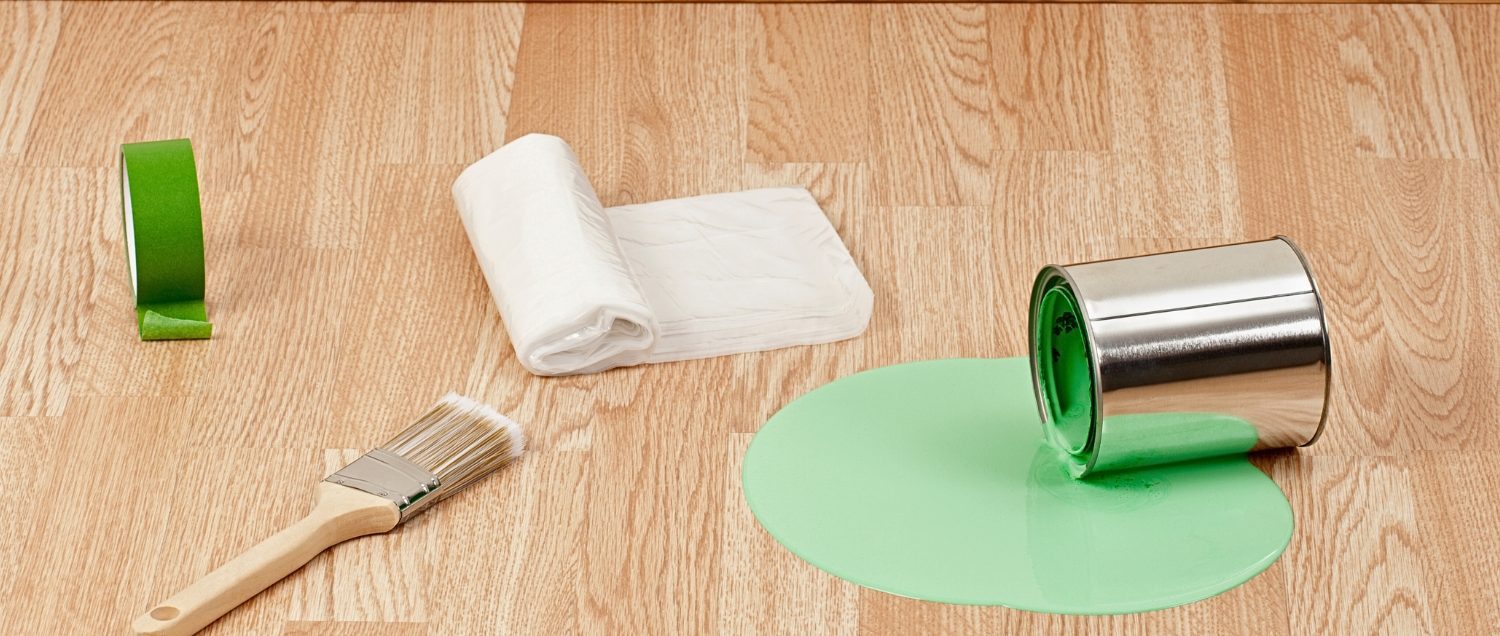
How to Clean Up Paint Spills In Schaumburg: A Simple Guide
Posted on November 22, 2024
Paint spills happen to the best of us—whether you’re tackling a DIY project or touching up your walls, accidents are bound to occur. The good news? With the right approach and materials, you can quickly clean up the mess without damaging the surface underneath. Here’s a foolproof guide to cleaning up paint spills, focusing on safe and effective methods.
Why Water Is Your Best Friend
When it comes to cleaning up paint spills, especially with water-based paints, plain old water is your go-to solution. If the paint is less than 30 days old, it’s still relatively fresh and much easier to clean. Older spills, however, will have hardened and become more challenging to remove, so timely action is key.
Step-by-Step Process for Cleaning Paint Spills
1. Act Quickly: If the spill is fresh, grab a clean rag or cloth and blot (don’t scrub) the area
to soak up as much paint as possible.
2. Use Hot Water:
Fill a bucket or bowl with hot water. Soak a rag in the water, wring it out, and gently
wipe the spill. The heat helps loosen the paint for easy removal.
3. For Stubborn Stains:
If hot water alone isn’t doing the trick, add a small drop of Dawn dish soap to your
water. This gentle detergent helps break down the acrylic.
4. Work Gently:
Avoid scrubbing too aggressively, as this can spread the paint or damage the finish
underneath. Use light, circular motions until the paint is gone.
What NOT to Use
Resist the temptation to reach for harsh solvents like “Oops!” or “Goof Off” While these products might seem like quick fixes, they can wreak havoc on the surface below the paint spill,
stripping the finish and causing permanent damage. Stick to hot water and dish soap for a safer, more reliable solution.
What If the Paint Is Over 30 Days Old?
Hardened paint spills are more difficult to remove, but they’re not impossible. You’ll still start with hot water and dish soap, but you might need to apply a bit more pressure or use a plastic
scraper to gently lift the dried paint. Patience is key—rushing the process can cause damage to the surface.
Pro Tips for Preventing Paint Spills
Always use a drop cloth or tarp to protect floors and surfaces when painting.
Keep a damp rag on hand for quick cleanups during your project.
Work in small sections to minimize the risk of accidental spills.
Cleaning up paint spills doesn’t have to be a headache. By using simple tools like hot water, a rag, and a touch of Dawn dish soap, you can tackle most messes with ease. Remember, quick
action is essential, and avoiding harsh chemicals will protect your surfaces from unnecessary damage. Happy painting!





